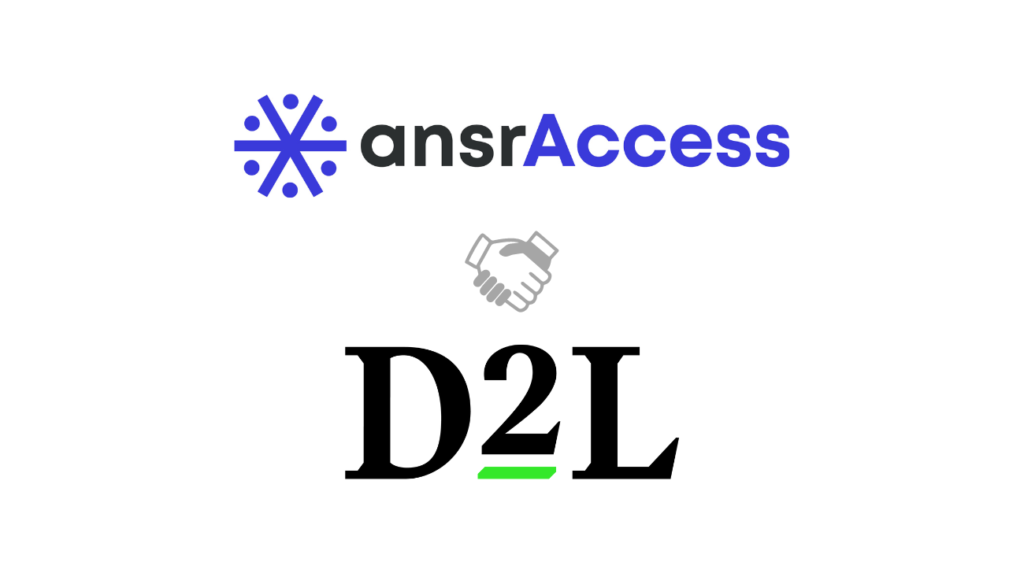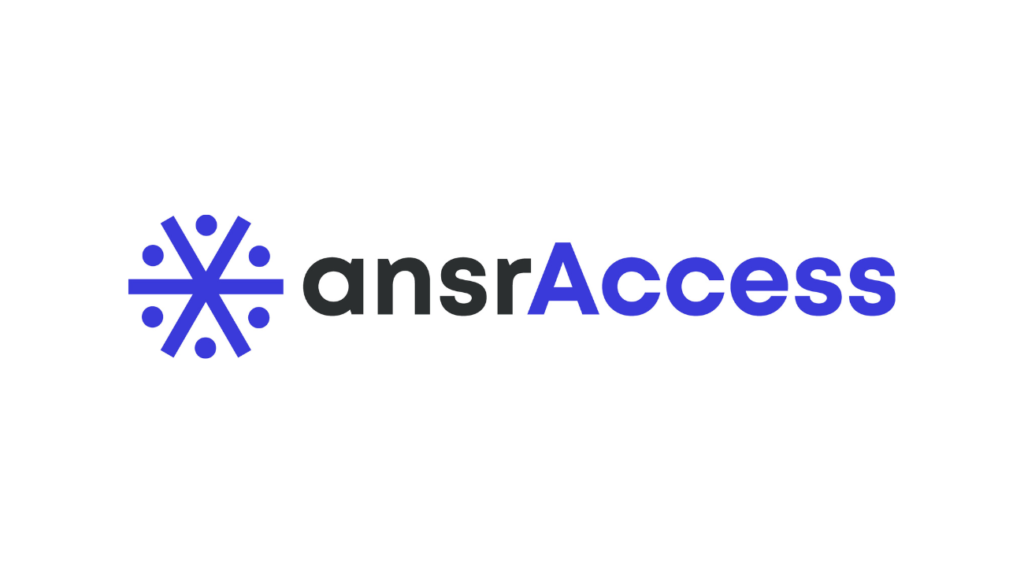The global coronavirus outbreak is not just taking lives, it is also giving rise to misinformation with catastrophic consequences. It is a time of great uncertainty, anxiety, and fear. To help people protect themselves from getting infected, the World Health Organization has released downloadable infographics, short videos, fact sheets, and web-based training courses that can be accessed at any time from its website.
This is an excellent example of just-in-time learning.

What is Just-in-Time Learning?
Just-in-time (JIT) learning (also called just-in-time training or point-of-need training) is a methodology that offers customized training on demand based on the requirements of a specific situation. It often comes in bite-size chunks that learners can use to execute a task or figure out the solution to a problem.
JIT learning originated from Toyota’s lean manufacturing concept in the 1970s. The ordering process was streamlined to reduce waste and clutter on the factory floor. Car parts were ordered only when a customer placed an order. This concept was later applied to corporate learning.
Patty Woolcock, Executive Director of the California Strategic HR Partnership, said:
“The future of learning is three ‘justs’: just enough, just-in-time, and just-for-me.”
Today, JIT learning is an essential element of microlearning—with lessons that are quick to create, easy to absorb, and easy to distribute. Mobile learning technology also facilitates JIT because lessons can be accessed by learners on their smartphones as opposed to carrying laptops (which can be cumbersome) or printouts (which can quickly become obsolete).
Where is Just-In-Time Learning Used?
JIT learning is more pervasive than you might think! You can see it in these places:
- When new stock arrives at retail stores, staff members are given quick lessons about the latest products, display layouts, and sales techniques.
- In factories, workers may be given job aids to help them operate a piece of machinery.
- Salespeople can access information about their clients or brush up on the latest product features via mobile apps.
Bradenburg & Ellinger, 2003 describe JIT learning as an “evolutionary response to the demands of a knowledge-driven and speed-oriented marketplace.”
Benefits of Just-in-Time Learning
JIT learning is an attractive training approach for many industries because:
- Content is aligned to the customized needs of the learners
- Learners have control over what they learn and when they learn it
- Materials can be accessed from anywhere at anytime
These features translate into benefits like:
- Reduced costs
- Time savings
- Greater workforce agility
- Less disruption of work schedules
- Better retention of information
- More engaged learners
Just-in-Time Learning Aids
JIT learning aids are the perfect alternative to long-form, in-depth training modules, especially in situations where solutions are needed quickly. They come in many diverse forms, including newsletters, interactive PDFs, e-books/flipbooks, job aids, animations, quick reference guides, product sheets, system simulations, discussion boards, wikis, mobile-responsive courses, Instant Message-enabled courses, and assessments.
Let’s talk about a few popular JIT learning aids:
Infographics
Infographics combine text, graphs, illustrations, charts, and icons into a comprehensive, colorful, and elegant nugget of information. Infographics are one of the most popular JIT learning aids because they can easily capture the learner’s attention through the use of visuals and help the learner retain the information longer.
Infographics became popular in 2010, when infographic template websites emerged to help trainers design and customize infographics to suit specific learner needs.
Training tutorials
Training tutorials are virtual step-by-step instructions explaining how to perform a specific task that can be accessed via the web (online) or smartphones (mobile) the instant learners need them. They can also be short how-to videos or quick reference guides.
In comparison to traditional e-learning tutorials (in-depth modules covering multiple topics or skills), JIT tutorials are narrowly focused, short, to-the-point modules that require only a few minutes to read or watch.
Learners can access the material they need without stopping what they’re doing or wading through chunks of unnecessary information.
Job aids
Job aids offer performance support for a task in a learner’s moment of need. They may be checklists, decision tables, forms or worksheets, flowcharts, or even reference sources like contact lists and parts catalogs.
Job aids help in three situations:
- When learners attempt to remember something and apply their knowledge to a task or adapt their performance to a unique situation
- When learners attempt to solve a problem or rectify an error
- When learners need to change their approach because a change has occurred
With job aids, learners need less training and/or retraining. There is reduced waste, better efficiency and productivity, and a faster time to competence. This results in increased satisfaction for both employee and customer.
Simulations
Simulations are a highly interactive JIT learning format that use text, graphics, audio, video, and may also use some level of gamification. They have real-world challenges and settings.
For example:
- New software training would include simulations and a “controlled” test environment
- Sales personnel training modules can include customer personas, which help build conflict resolution skills and communication skills
Serious games
People play games for fun and relaxation. Microlearning serious games combine this fun element with work-related skills and tasks. Just like regular games, they have characters, levels, rewards, and points to be won.
Serious games are popular because they imitate real-world challenges and situations with the fun and excitement of gamification.
Self-assessments
Self-assessments are a popular JIT training tool to help learners check their level of preparedness and identify skill gaps. They reinforce what has been learned to enhance retention. Periodic self-assessments help monitor progress and motivate learners to stay on track to complete the learning module by breaking down the information into easily digestible nuggets.
JIT: The Future of Learning?
Advances in AI, machine learning, big data, and enhanced analytics have caused JIT learning to become increasingly predictive. Soon, learners may be able to receive immediate and personalized feedback, as well as recommendations for other relevant content, without a human ever getting involved. Algorithms may be able to detect hidden patterns in consumption of e-learning content to bridge gaps in learning.
Such an intuitive learning design can revolutionize the way we experience teaching and learning. An AI-driven system could tailor content based on a learner’s job description, previous job performance, and learning preferences.
What if your learning management system could tell you what you need to know to perform your job well—even before you can discern it? This might just be the future.



